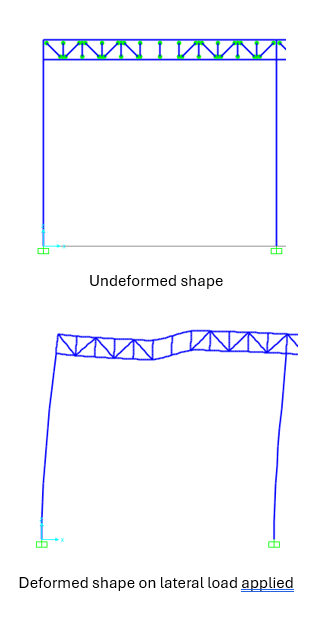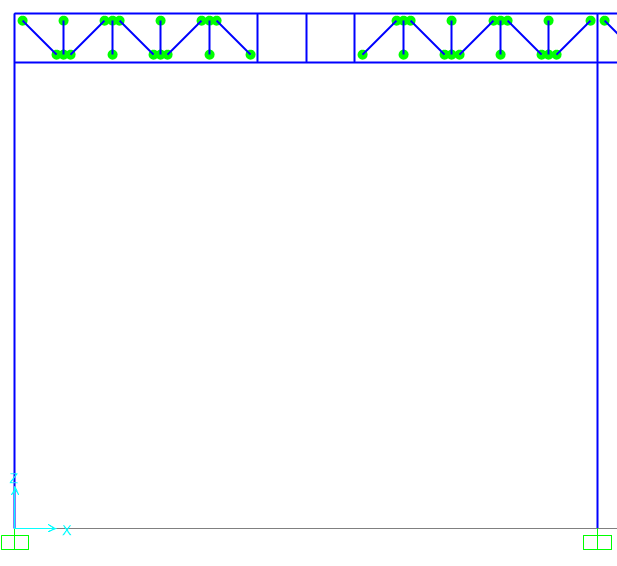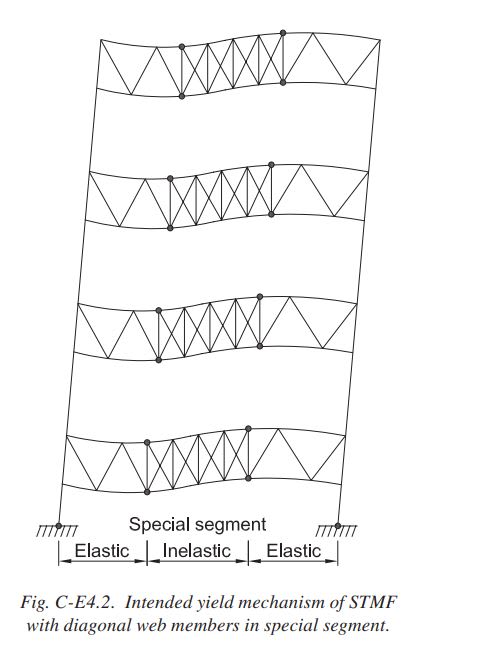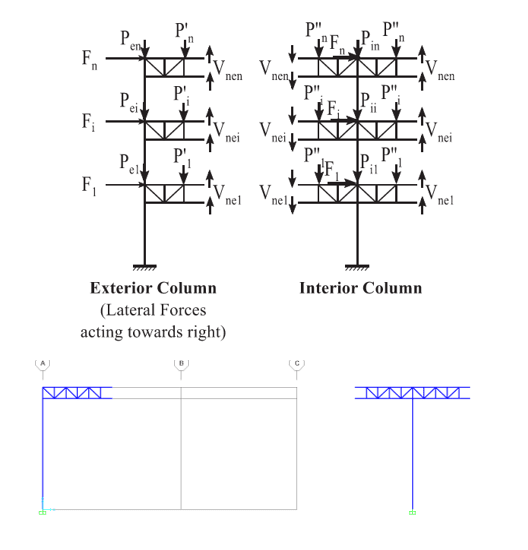Hi all! I am designing a special truss moment frames in SAP2000. I have pinned the ends of all truss members (see attached) and i think it should be like that. When I ran the model it gives warning message saying structure is unstable or ill-conditioned. Am I doing it correctly?
Please recommend if you know any papers or worked out example related to STMF.
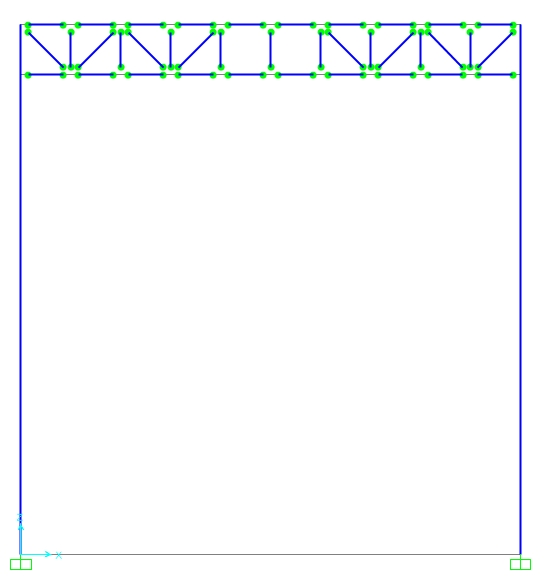
Please recommend if you know any papers or worked out example related to STMF.


